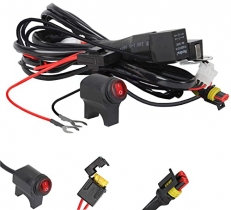-
Welcome to Tundras.com!
You are currently viewing as a guest! To get full-access, you need to register for a FREE account.
As a registered member, you’ll be able to:- Participate in all Tundra discussion topics
- Transfer over your build thread from a different forum to this one
- Communicate privately with other Tundra owners from around the world
- Post your own photos in our Members Gallery
- Access all special features of the site
Custom Power Distribution Circuit with Switches and Relays
Discussion in 'Lighting' started by prodigalson84, Apr 29, 2020.


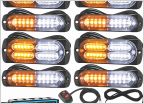 "OEM" or "Premium/upgraded OEM" strobes?
"OEM" or "Premium/upgraded OEM" strobes?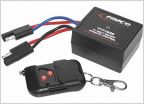 Can I have 2 switches power 1 lightbar?
Can I have 2 switches power 1 lightbar?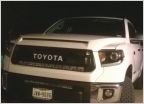 Swapping to Spyder Headlights
Swapping to Spyder Headlights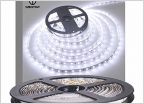 Wireless (cheap) LED lights for bed?
Wireless (cheap) LED lights for bed?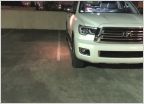 Tail light bulb replacement
Tail light bulb replacement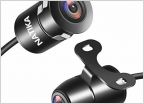 Front Camera Install
Front Camera Install


















































